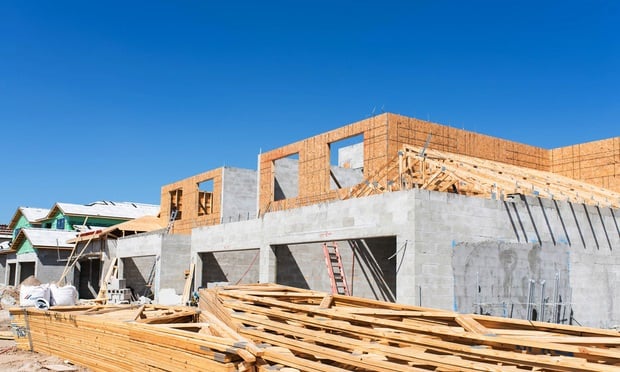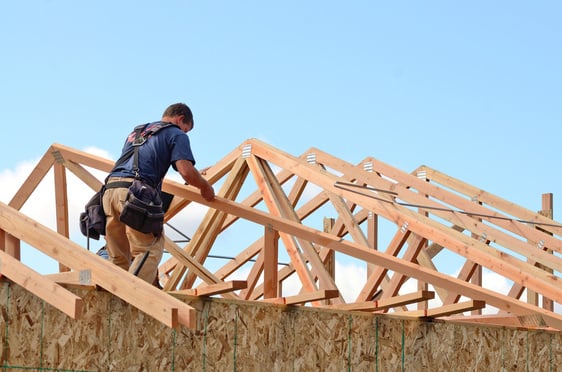As approved in a 6-to-3 vote, the legislation allows multifamily developers to receive the exemption in 17 city neighborhoods given any of the following three scenarios: 20% of the units are offered at 60% of median income; 25% of the units are offered at 65% of the median income; or 30% of the units are offered at 70% of the median income. Land, existing improvements and non-residential improvements do not receive the exemption, and the exemption is transferable to new property owners.
The original program started in 1998 and ended in 2002. Unlike the old program, developers are required to make the affordable units reflect the overall mix of units in the project. As well, developers will not be able to place all of the affordable units in one building if there are multiple buildings in the development. Finally, the program will be reviewed annually for its effectiveness.
According to pre-vote comments by council members, it was those three components that caused the program to be approved by a two-thirds majority. Numerous amendments were proposed but failed to pass. One sought to leave only the "20% at 60%" option. Another sought to remove Capitol Hill, University District and South Lake Union from the list of neighborhoods. Yet another sought to extend the exemption to 15 years.
Continue Reading for Free
Register and gain access to:
- Breaking commercial real estate news and analysis, on-site and via our newsletters and custom alerts
- Educational webcasts, white papers, and ebooks from industry thought leaders
- Critical coverage of the property casualty insurance and financial advisory markets on our other ALM sites, PropertyCasualty360 and ThinkAdvisor
Already have an account? Sign In Now
© 2024 ALM Global, LLC, All Rights Reserved. Request academic re-use from www.copyright.com. All other uses, submit a request to [email protected]. For more information visit Asset & Logo Licensing.








